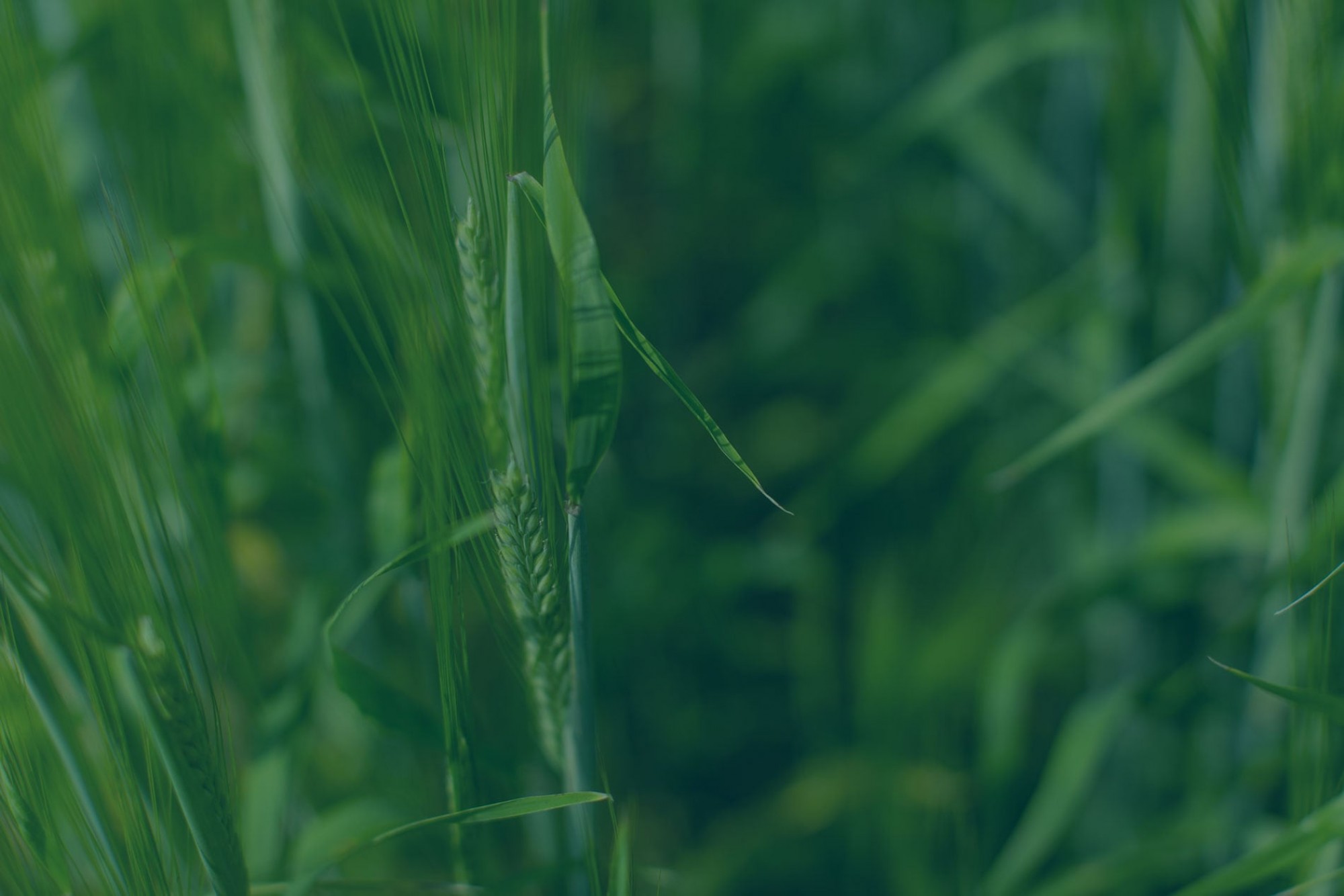Seed treatment impacts early season abiotic resistance
Posted by David Simbo, Research Program Manager | Alberta Wheat and Barley Commissions
Canada recently ranked as the world’s third largest exporter and fifth largest producer of wheat. Despite this, recent research suggests that wheat production on the Canadian Prairies has yet to reach full yield potential.
In Western Canada, the frost-free period has increased over time, increasing the length of the growing season. Increased growing season length has coincided with increased drought and heat stress during grain filling period, reducing wheat grain yield. Early seeding has been proposed as a method of avoiding drought and heat stress during grain filling. Early seeding also ensures the crop reaches full maturity before early fall snow which could degrade grain quality as seen in the last few harvests in Alberta. Some recent studies conducted by Dr. Brian Beres of Agriculture and Agri-Food Canada and funded in-part by AWC, reported benefits from ultra-early seeding. However, early seeding exposes the wheat crops to extreme temperatures and spring frost.
Seed treatments are effective in controlling many diseases and are used especially at the early stages of growth to protect crop plants. Use of dual fungicide and insecticide seed treatments are recommended agronomic practices as they have been shown to increase yields and net returns in both winter and spring wheat. These seed treatments lessen early season disease, control most soil and seed borne fungi and protect germinating seeds and young seedlings.
Beyond mitigating insect pests and pathogens, seed treatments are known to increase plant stand and grain yield. The use of the fungicide tebuconazole has been shown to cause physiological changes in seedlings which improves root development, a benefit for young seedlings.
Neonicotinoid seed treatments used to control insect pests are also known to improve seedling vigor and performance, independent of their insecticidal function. Recently, neonicotinoid seed treatments have also been found to improve freeze-tolerance of seedlings after seed treatment. Clothianidin, a neonicotinoid, stimulates a salicylic acid (SA) specific response. SA is a plant hormone known for its role in defense against pathogens, an inducer of systemic acquired resistance and a modulator of abiotic stress response. SA helps with frost tolerance by upregulating genes associated with cold tolerance. Neonicotinoid seed treatments in addition to protection against insect pest, also induces a stress shield that enhances growth, increases drought stress tolerance an induces early flowering. Interestingly, these benefits to crop fitness conferred by neonicotinoid seed treatment does not decrease yield.
Under our current climate, methods that improve tolerance to pathogens, induce early flowering, infer frost and drought stress resistance and assist crops to escape heat stress during grain filling, such as early seeding, should be given consideration by producers.

